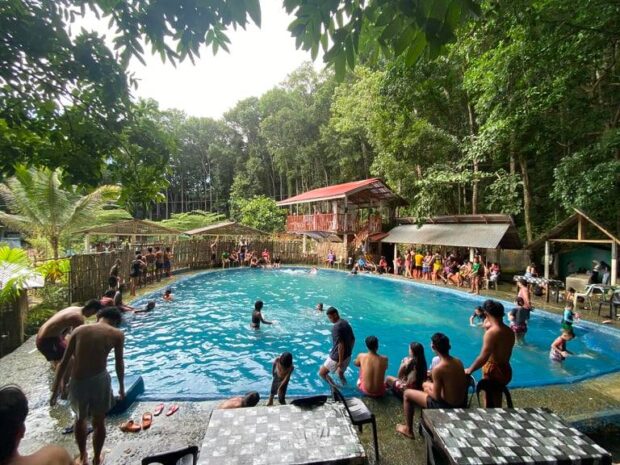
TAGBILARAN CITY — The province of Bohol has taken steps to prepare its agriculture and fisheries sectors ahead of the looming dry spell caused by the El Niño weather phenomenon.
Provincial administrator Asteria Caberte said they have been closely monitoring the province’s agriculture sector as the heat now experienced on the island could peak in November until January next year.
“We want to make sure we are moving on the right track for the upcoming weather events and prepare the people for what is coming for us,” she said during a meeting with the Provincial Disaster Risk Reduction Management Council (PDRRMC) on Sept. 29.
The Philippine Atmospheric, Geophysical and Astronomical Services Administration said the El Niño is expected to start this October and will last until March 2024.
Central Visayas rice bowl
Bohol has been considered as the rice bowl in Central Visayas with agriculture, the main source of economic activity in the province, remaining as its biggest sector in terms of working population and land use.
The province has 184,874 hectares devoted to agriculture, or roughly 45 percent of its total land area, with many small farms averaging about half a hectare in size.
Caberte said the Office of the Provincial Agriculturist, in partnership with national government agencies, will put up P7.1 million to create interventions and assistance for affected farmers for the coming months.
This fund, she said, will be used to purchase irrigation materials for 647 people’s organizations, with each group getting a water pump, eight pieces of plastic drums and five rolls of polyethylene hose.
To qualify, the beneficiary must belong to a farming association of at least 25 members, the requesting party should have access to open water source and possessing an existing agricultural area of at least 250 square meters.
Other interventions include crop insurance for farmers, P2.4 million worth of vegetable seeds, fertilizer assistant vouchers and cloud seeding.
Water levels in dams are also being closely monitored by the PDRRMC since Bohol has a total of nine national irrigation systems, with 226 attached communal irrigation systems.
In 2018, rice paddies in Bohol dried up because of the drought. Water levels also dropped in four irrigation dams—Malinao Dam in Pilar town, Bayongan Dam in San Miguel town, Capayas Dam in Ubay town and Zamora Dam in Talibon town.
Earlier this year, an El Niño task force was formed by Bohol Gov. Aris Aumentado to oversee the plans to mitigate the impact of El Niño. INQ